Are you looking for information on Philodendron Mamei, from how to care for the plant to what it needs to thrive? Look no further! In this blog post, we’ll provide you with all the information you need to properly care for a Philodendron Mamei, from tips on soil and light requirements to pruning and propagation. Read on to learn all the tips and tricks you need to successfully grow and maintain a Philodendron Mamei.
What is Philodendron Mamei?
Philo mamei is a tropical plant that is native to the island of Bali in Indonesia. The plant grows to a height of 10 feet and has large leaves that are green and glossy. The flowers are yellow and are borne on long stalks. The plant is used in traditional medicine to treat a variety of conditions, including headaches, anxiety, and depression.
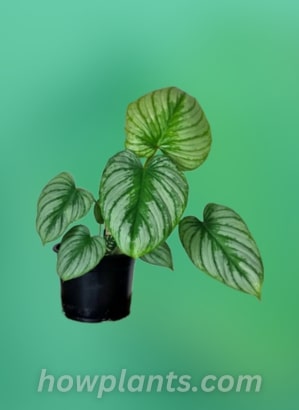
| CHARACTERISTICS | PHILODENDRON MAMEI |
|---|---|
| Origin |
|
| Scientific Name |
|
| Other names |
|
| Shape of leave |
|
| Color of leaves |
|
| Plant type |
|
| Best placement in house |
|
| Soil |
|
| Growth rate |
|
| Temperature |
|
| pH |
|
| Humidity rate |
|
| Watering conditions |
|
| Toxicity status |
|
| Symptoms of toxicity |
|
| Pests That Attacks |
|
Origin and Family of Mamei
This rare type of plant was discovered in 1883 by Dr. Thomas B. Croat. Philodendron mamei is a species of philodendron endemic to the island of Maui in the Hawaiian Islands. It is the only species in the genus Philodendron. The species is a medium-sized, slow-growing, evergreen tree or shrub. It is distinguished from other philodendrons by its narrow leaves, which are up to 9 cm long and 2 cm wide, and its inflorescence, which is a raceme of small, white flowers. The species is threatened by the destruction of its habitat, which is being affected by the Maui pineapple industry.
Size of Silver Cloud
The size of mamei plant can vary depending on the growing conditions and the age of the plant. However, the average size for a Philodendron mamei is around 12 inches tall and 12 inches wide.
Care of Mamei Cloud
Mamei is a tropical plant that needs a lot of care. This plant needs to be kept in a warm, moist environment with good light. It should also be kept away from direct sunlight. Philodendron mamei should be watered regularly and fertilized every two to three months. There is a best online platform from where you can easily get this plant for homes.
Environmental conditions best for Mamei Plants?
The best environmental conditions for Philodendron mamei are high humidity and temperatures between 65 and 80 degrees Fahrenheit.
Growth rate of Philodendron Mamei?
The growth rate of Philodendron mamei is variable, but averages around 2-3 inches per week. This slow-growing plant is best suited for those who are patient and willing to give it time.

Pots best for growing Mamei Silver
There are many different pots that are good for growing philodendrons, but some of the best pots are those with a deep well and a wide base. These pots allow the philodendron to spread out and grow evenly. Another good pot is one with a large surface area, as this will allow the philodendron to get plenty of sunlight.
Repotting
Normally Philodendron mamei silver clould can easily stay for about 1-2 years in the same pot but with the passage of time as this plant goes towards development, this needs a large vessel because this plant does not like to grow as root- bounded. So according to its requirements it is better to repot this plant and new potting mix will be much better for this plant to grow happily.
When to repot or not?
If you notice any of the following, it is time to report your Mamei Silver Cloud to a qualified grower:
- The plant is exhibiting signs of wilting, yellowing, or browning
- The leaves are drooping or curling
- The plant is not growing or is growing very slowly
- The plant is exhibiting signs of stress or disease
If you notice any of the following, it is not time to report your philodendron mamei to a qualified grower:
- The plant is in full bloom
- The plant is healthy and growing vigorously
Soil composition and pH
Soil composition that is best for Philodendron silver cloud is a well-drained, sandy loam with a pH of 6.5 to 7.5. This is because this plant prefers a slightly acidic environment. A mix of peat, compost, and sand is ideal. Philodendron mamei prefers a shady location and high humidity.
Philodendron Mamei Water requirements and when to water?
The water requirement of Philodendron mamei green is approximately 1 gallon per week. Water when the top two soil layers get dried. However, the plant will not require water if the soil is kept constantly wet. The best time to water the Philodendron mamei is in the morning, when the soil is still moist.
Cold Tolerance
Philo Mamei green is a tropical plant that can tolerate a wide range of temperatures, but does best in temperatures between 60-80 degrees Fahrenheit. In warmer temperatures, the plant may become leggy and stretchy, and may also develop yellowing or browning of the leaves. In cooler temperatures, the plant may become dormant or die.
Light requirements
This silver cloud requires bright light for best growth and flowering. This plant typically grows best in light that is between 600 and 800 lumens.
Fertilizers that are suitable to enhance the growth: When to give fertilizer to Philodendron Mamei?
Fertilizers that are suitable to enhance the growth of Philodendron mamei and when to give fertilizer to Philodendron mamei will vary depending on the specific soil, climate, and other growing conditions of the Philodendron mamei. Generally speaking, fertilizers are typically given when the plant is beginning to show signs of weakness or when the plant is growing rapidly.
Philodendron Silver Humidity and Aeration
The ideal humidity and aeration levels for Philodendron mamei are around 60-70% and 2-3 air exchanges per hour, respectively. Too much humidity can cause condensation on the leaves and encourage mold and fungus growth, while too little humidity can lead to dryness and leaf yellowing. Aeration helps to distribute water and air throughout the plant, and helps to prevent root rot and fungal growth.
How to propagate Philodendron Mamei?
There are a few ways to propagate philodendron mamei. One way is to take stem cuttings from mature plants. Another way is to take root cuttings from mature plants. You can also divide a mature philodendron into several smaller plants by cutting it in half horizontally.
Steps of Propagation through stem cutting in soil
- Remove the old stem with a knife.
- Make a hole at the desired height, using a spade or fork.
- Cut the stem at the hole, leaving a 1-2 cm piece of stem attached to the rootstock.
- Remove the soil from around the base of the stem and insert it into the hole.
- Push the stem down into the soil and firm it in place.
- Water the plant well and fertilize as necessary.
Steps of Propagation through stem cutting in water
The propagation of philodendron mamei through stem cutting in water is a simple process that can be done at home. The stem should be cut just below a node, and the cut end should be flushed with water. The stem should then be placed in a potting mix and watered regularly. Once the plant has established itself, it can be moved to a new pot and given more water.
Steps of propagating through Air layering technique
Air layering is a propagation technique used to propagate philodendrons. It is a process of transferring plants from one container to another, without the use of soil or water. The plant is placed in the new container, and then the air is forced out of the container and up the stem of the plant. This causes the plant to grow roots in the new soil, which helps to establish the plant in the new environment.
Toxicity status of Philodendron Mamei
The plant is reportedly toxic to some animals, including humans. The plant may also cause skin irritation and vomiting. Calcium oxalate plant in the leaves affects humans and pets, especially dogs and cats.
Pest that can attack Mamei Plants
Philodendron Mamei is a popular indoor plant that is often attacked by pests. Some of the pests that can attack this plant include aphids, scale, and mealybugs. Aphids are small, soft-bodied, pear-shaped insects that suck the sap out of the plant. Scales are small, hard, bumpy lumps that can form on the leaves and stem of the plant. Mealybugs are small, soft-bodied, oval-shaped insects that feed on the plant’s sap.
Fungus gnats
Fungus giants are a type of fungus that can grow to be several feet tall. They attack Philodendron mamei, a type of palm tree, by injecting a sap that can cause the tree to die. To prevent fungus giants from attacking your Philodendron mamei, you can keep the tree well-watered and fertilized, and remove any dead or diseased branches. If you notice any signs of fungus on your tree, such as brown patches, you can treat the tree with a fungicide.
Scale insects
Scale insects are small, white, wingless insects that feed on plant sap. They can attack any type of plant, but are most commonly found on philodendrons. White flies are the most common type of scale insect, and can attack any type of plant. To get rid of scale insects, you will need to remove the pests from the plant, and then apply an insecticidal soap or a horticultural oil to the affected area.
Mealy bugs
Mealy bugs are small, black, wingless insects that feed on plant sap. They attack Philodendron mamei, a popular houseplant, by attaching to the plant’s leaves and sucking the sap out of the plant. To get rid of mealy bugs, you will need to remove them from the plant, and then treat the plant with an insecticide.
Spider mites
Spider mites are small, eight-legged creatures that feed on plant sap. They can cause damage to Philodendron mamei leaves and flowers, and can even cause the plant to die. If you notice spider mites on your Philodendron mamei, you should remove them as soon as possible. You can use a vacuum cleaner with a hose attachment to remove them, or you can use a dustpan and brush. You can also use a pesticide to control spider mites, but be sure to read the label before using it. If you notice any damage to your Philodendron mamei, be sure to call a professional.
Root rot
Root rot is a fungus that attacks the roots of plants. It is most common in Philodendron mamei, but can also be found in other plants. Root rot is harmful to the plant because it can cause the plant to die. If you notice root rot on your plant, the best thing to do is to remove the affected roots and treat the plant with a fungicide.
Other problems related to Philodendron Mamei
Drooping leaves
The leaves of Philodendron mamei start to droop because the plant is experiencing a lack of water. To prevent leaves from drooping, you should water the plant regularly and make sure that the soil is moist. You can also try to elevate the plant so that it is more likely to receive adequate water.
Yellowing of leaves
Leaves of philodendron mamei may turn yellow and fall off as too much sunlight exposure or due to lack of water. To avoid this, keep the plant well watered and fertilized, and remove any wilted or yellow leaves.
Brown Leaves
Brown tips on Philodendron mamei are caused by a fungal infection. The fungus, Phytophthora cinnamomi, attacks the tips of the leaves, causing them to turn brown and die. To prevent brown tips on your Philodendron mamei, keep the plant well-watered and free of pests. It may also occur due to lack of humidity and if the plant faces too much bright light.
Comparison of Mamei Cloud with other Plants
Philodendron Mamei vs Philodendron Plowmanii
The philodendron mamei is a smaller, more compact plant than the plowmanii. It has narrower leaves and a more densely packed crown of flowers. The philodendron mamei is also more tolerant of low light levels, making it a better choice for indoor plants.
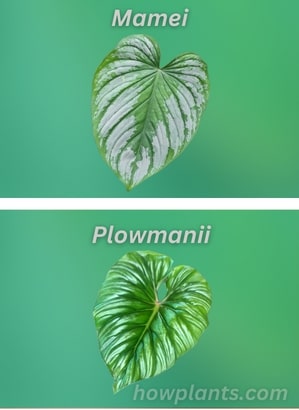
Philodendron Mamei vs Philodendron Sodiroi
Philodendron sodiroi is a species of philodendron that is endemic to the area around the city of Salvador, Bahia, Brazil. It is closely related to the better-known mamei philodendron, but is smaller and has narrower leaves.
The two species are difficult to distinguish, and they are sometimes considered to be a single species. However, philodendron sodiroi is generally considered to be a separate species based on its unique morphology and distribution.
Philodendron sodiroi is found only in the area around the city of Salvador, Bahia, Brazil. It is closely related to the better-known mamei philodendron, but is smaller and has narrower leaves.
The two species are difficult to distinguish, and they are sometimes considered to be a single species. However, philodendron sodiroi is generally considered to be a separate species based on its unique morphology and distribution.
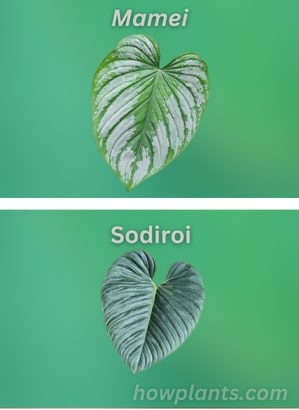
Philodendron Mamei vs Philodendron Pastazanum
The philodendron pastazanum x mamei is a cross between two popular philodendrons. The philodendron pastazanum is a large, broadly-leaved philodendron that is popular for its large, showy flowers. The mamei is a smaller, more compact philodendron that is known for its small, colorful flowers. The cross between these two plants produces a hybrid that is intermediate in size and shape, with large, colorful flowers that are similar in appearance to those of the philodendron pastazanum and small, colorful flowers that are similar in appearance to those of the mamei.

Similar Plants
Philodendron Golden Goddess
The Philodendron Golden Goddess is a beautiful and exotic plant that can be found in many homes. This plant is easy to care for and is a great addition to any home. The Philodendron Golden Goddess is a tropical plant that needs a warm and humid environment to thrive. This plant can be propagated by division or by taking cuttings.
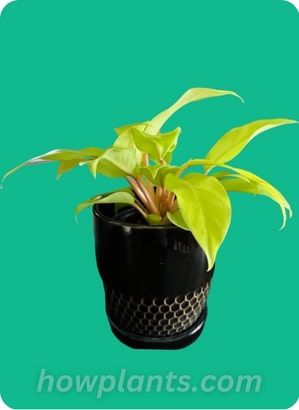
Philodendron Bipennifolium
The Philodendron bipennifolium is a beautiful flowering plant that can grow up to 12 feet tall. It has large leaves and fragrant flowers that are a deep purple. This plant is popular for its large leaves and flowers, and is a great choice for a garden or patio.
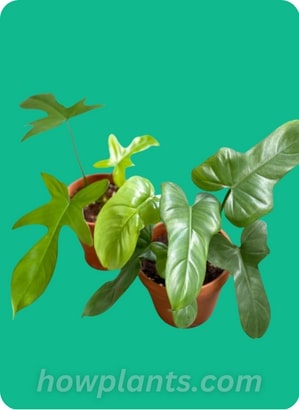
Philodendron Spiritus-Sancti
Philodendron Spiritus-Sancti is a beautiful and exotic plant that is well-known for its spiritual properties. It is said to be a powerful protector of the home and its occupants, and is also known to be a powerful purifier. It is a great addition to any home, and can be used to create a tranquil and relaxing atmosphere.
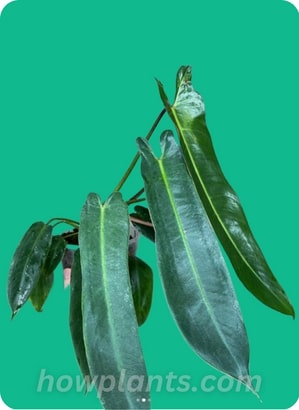
Philodendron Rio
Philodendron are a genus of flowering plants in the Araceae family. There are about 100 species of philodendrons, native to the Americas, Africa, and Asia. They are popular house plants and are often propagated from cuttings. Some philodendrons are poisonous if ingested.
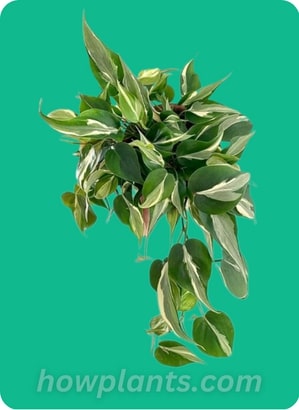
Summary
In conclusion, Philodendron Mamei is a striking tropical plant that is native to the island of Bali in Indonesia. It grows to a height of 10 feet and has large, glossy green leaves with yellow flowers. Additionally, it has been used in traditional medicine to treat a variety of conditions, including headaches, anxiety, and depression. Therefore, this plant makes a great addition to any garden and is a great way to add some color and texture to any landscape.
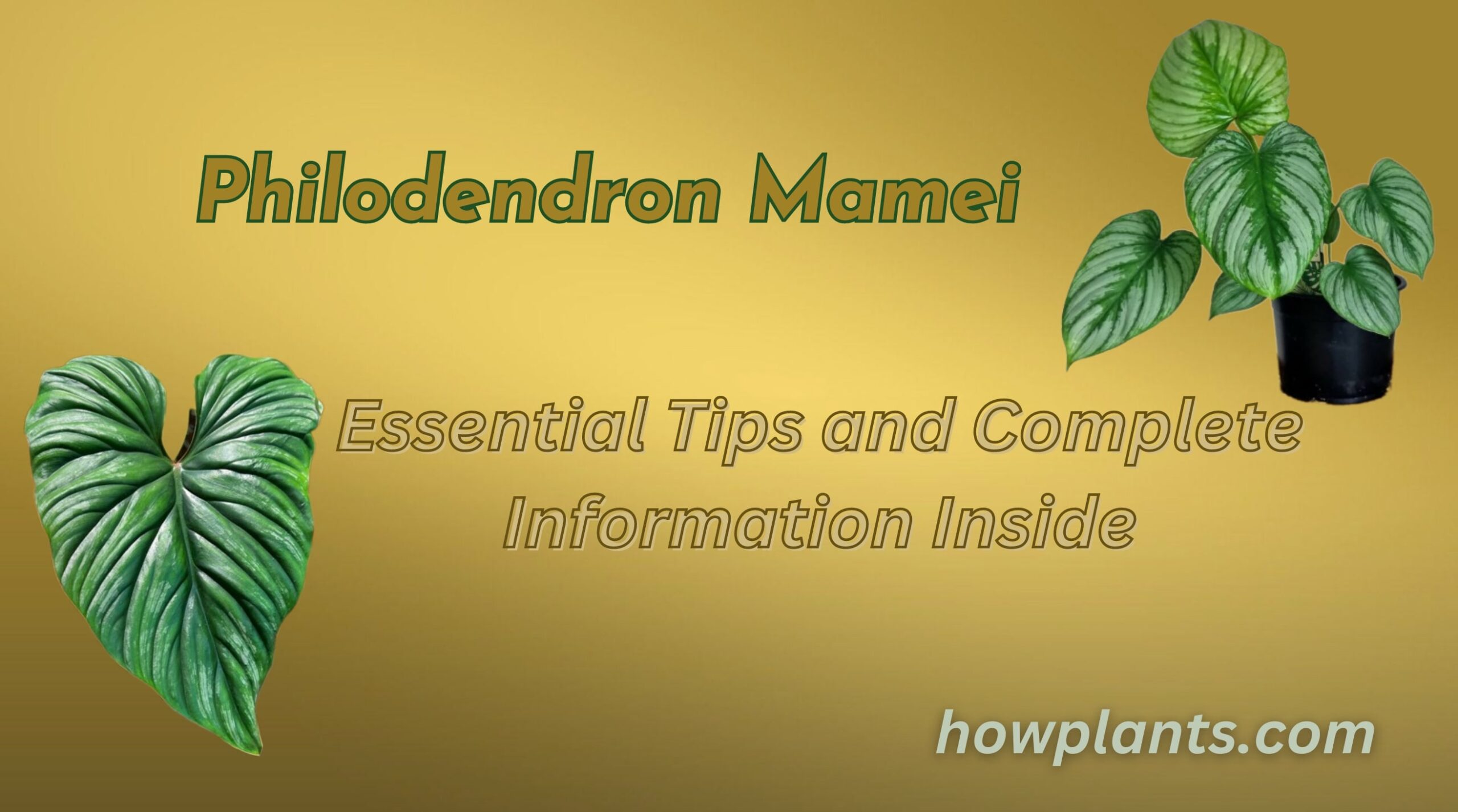
1 thought on “Philodendron Mamei: Essential Tips and Complete Information Inside”